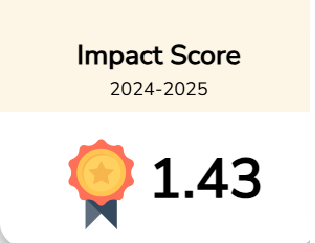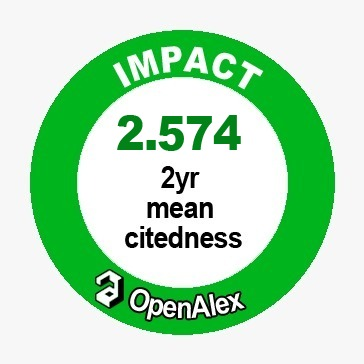Microbial Analysis of Drinking Water and Water Distribution System of Urban Lahore
Downloads
Human health is the most important ingredient for a nation’s progress, prosperity and well-been but unfortunately it has not been accorded its due priority. Therefore, when going to deal with the water of Lahore, it was considered essential to probe and find out the state of its quality. The main objective of this article is to highlight microbial contamination of drinking water in the selected localities of Lahore. Furthermore, this study will be helpful for researchers and administrative agencies to initiate relevant studies and develop new policies to protect further deterioration of water supply with pathogenic microbes and ensure clean and safe drinking water to the public in Pakistan. Five localities were selected from Lahore for the study, namely Lahore Cantonment Board (LCB) Walton Cantonment Board (WCB), Gulberg, Defense Housing Authority (DHA) and Model Town Society (MTS). These localities have their own tube wells for the supply of water to their residents. To measure the quality of tap water, samples were taken from 2 tube-wells in each locality at different intervals, tested in a water testing Lab for chemical and microbial contamination. The results were compared with the WHO standards and averaged out. MTS and LCB have too numerous to count total coli forms. WCB and Gulberg are higher, in Arsenic content. Gulberg is touching the maximum level of iron content, followed by DHA.





